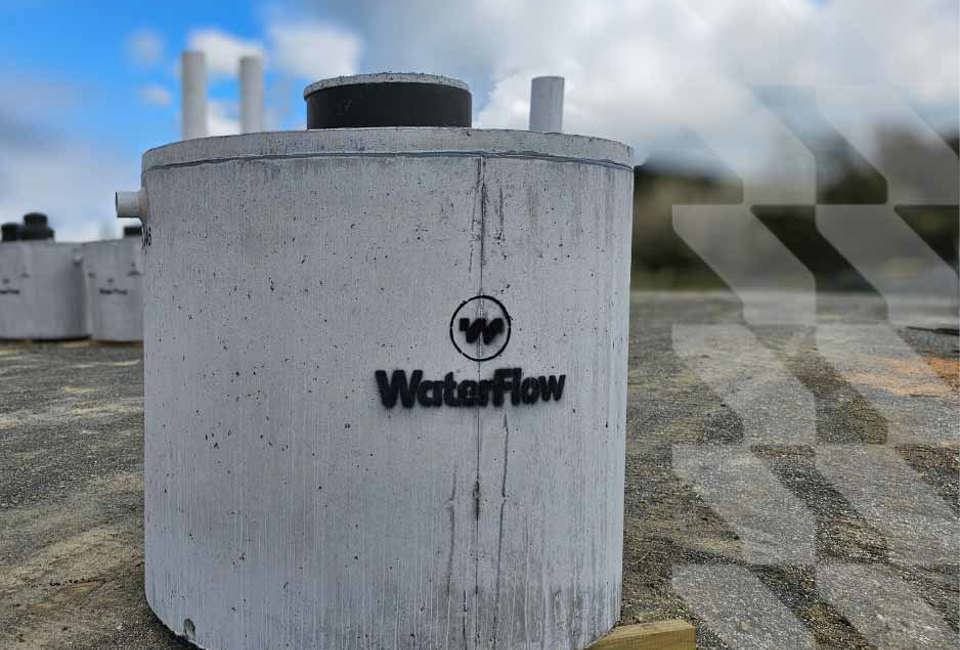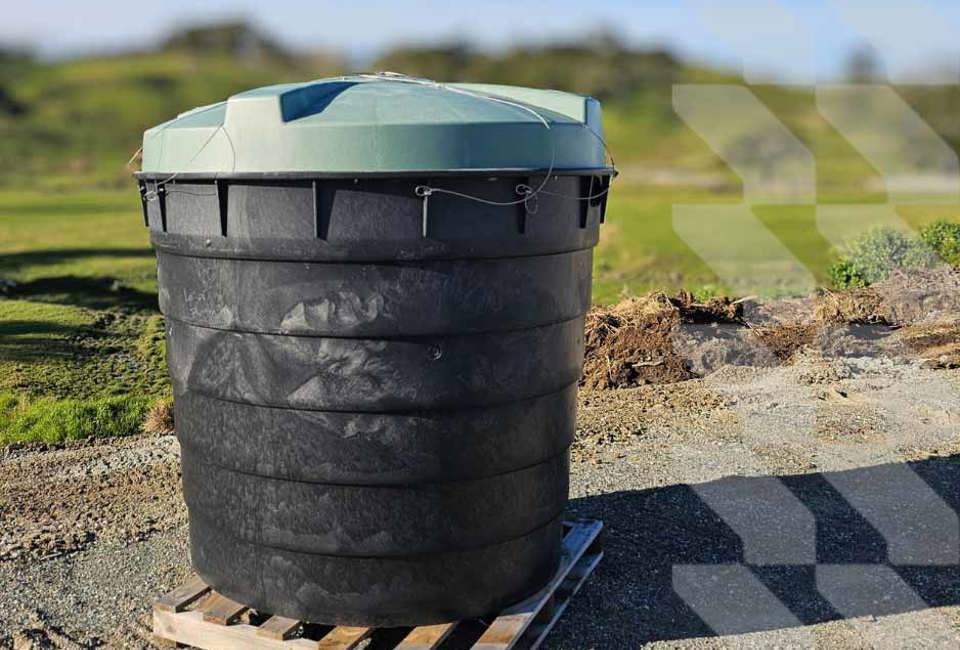Full wastewater solution delivered in less that six months
Your site and dispersal field have the biggest say in which system will work best for you. Let our team take a look, either on site or via aerial mapping, and we can help you find a solution that works for you.










